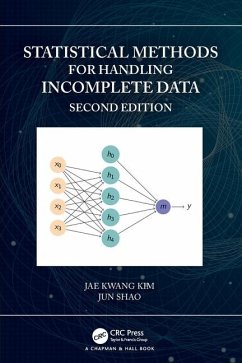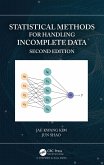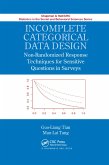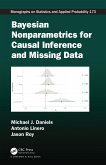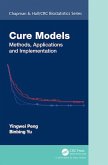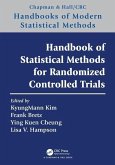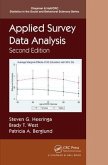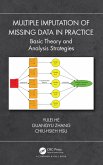Due to recent theoretical findings and advances in statistical computing, there has been a rapid development of techniques and applications in the area of missing data analysis. Statistical Methods for Handling Incomplete Data covers the most up-to-date statistical theories and computational methods for analyzing incomplete data.
Features
Uses the mean score equation as a building block for developing the theory for missing data analysis
Provides comprehensive coverage of computational techniques for missing data analysis
Presents a rigorous treatment of imputation techniques, including multiple imputation fractional imputation
Explores the most recent advances of the propensity score method and estimation techniques for nonignorable missing data
Describes a survey sampling application
Updated with a new chapter on Data Integration
Now includes a chapter on Advanced Topics, including kernel ridge regression imputation and neural network model imputation
The book is primarily aimed at researchers and graduate students from statistics, and could be used as a reference by applied researchers with a good quantitative background. It includes many real data examples and simulated examples to help readers understand the methodologies.
Features
Uses the mean score equation as a building block for developing the theory for missing data analysis
Provides comprehensive coverage of computational techniques for missing data analysis
Presents a rigorous treatment of imputation techniques, including multiple imputation fractional imputation
Explores the most recent advances of the propensity score method and estimation techniques for nonignorable missing data
Describes a survey sampling application
Updated with a new chapter on Data Integration
Now includes a chapter on Advanced Topics, including kernel ridge regression imputation and neural network model imputation
The book is primarily aimed at researchers and graduate students from statistics, and could be used as a reference by applied researchers with a good quantitative background. It includes many real data examples and simulated examples to help readers understand the methodologies.
"As a general comment, I must say that it is probably one of the most extensive, detailed and complete sources of information on the most up-to-date methods to deal with missing data, from simple imputation methods to more complex analysis techniques that take missingness into account. The book is well organized in 12 chapters that although could be read independently based on the readers needs/interest, it does have a hierarchy that makes sense going from more simple early chapters to more complex subjects later in the book."
~David Manteigas, ISCB Book Reviews
~David Manteigas, ISCB Book Reviews

